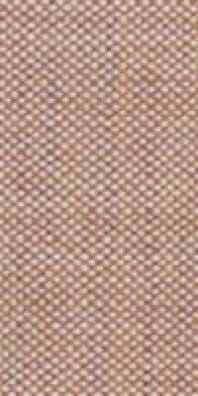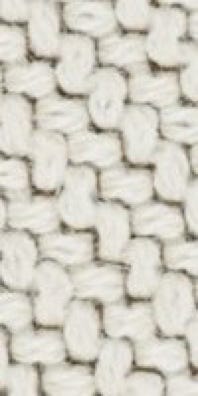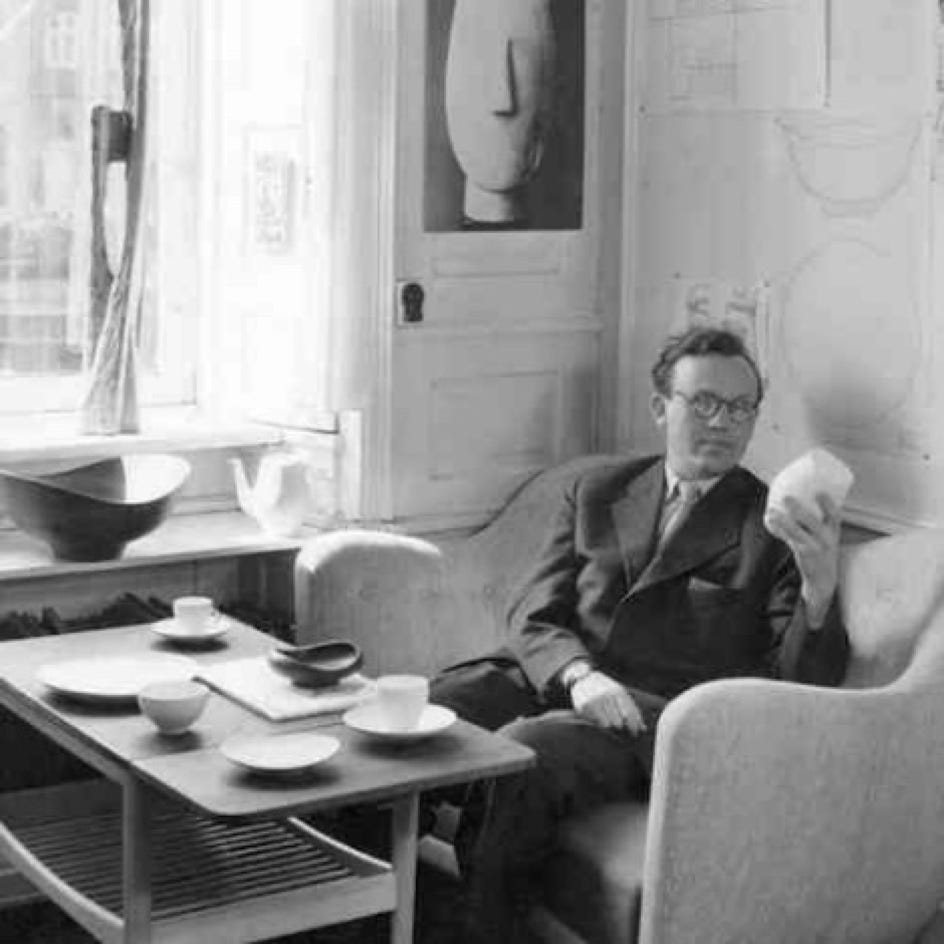15% off with DESIGN15


In 1951, Finn Juhl designed the bench for Baker Furniture in USA, who named it "Rectangular Cocktail table". However, in the original drawing Finn Juhl referred to it simply as "bench", which is the reason why House of Finn Juhl have decided to name it "Cocktail Bench".
The economy was booming in the US during the 1950s. Hollywood and the new upper class had made cocktail parties immensely popular and Finn Juhl was readily impressed by this newfound American extravagance, which he got to experience through his new and influential American friends. For this reason, the Finn Juhl collection now contains not less than two furniture pieces inspired by the American cocktail parties in the 50’s – The round Cocktail Table and the rectangular Cocktail Bench. The bench can also be spotted in Finn Juhl's own house north of Copenhagen and is well suited as a table for art, a stack of books or a lamp.
Dimensions Bench 221 x 44 x H40 cm – Dimensions Cushion 107 x 40 x H4,5 cm
Wood solid walnut or oak
Cushion (optional) fabric or leather
Cocktail Bench – 221 x 44 x H40 cm
from
Soaped oak
white oiled oak
oiled oak
lacquered oak
lacquered walnut
oiled walnut
Cocktail Bench cushion – 107 x 40 x H4,5 cm
from









Finn Juhl

As a teenager, Finn Juhl (1912-1989) wanted to become an art historian, having a passion for the fine arts since childhood. His father stopped him and Finn Juhl started architectural studies. Later, when his fame as a designer of furniture acquired, he speaks of himself as an autodidact, in reference to this upset vocation that forced him to walk intellectually on a lonely way. His style owes much to this singular trajectory, with its non academic interpretation of art visible in his work. Finn Juhl started his studies in 1930, a key period which saw the birth of modern design and furniture.
His modern offices in central Copenhagen was greeting his visitors with a huge Japanese fish in paper, symbol of imagination. Rather than thinking in terms of practical construction, Finn Juhl had the mind-set of a sculptor, when he shaped a piece of furniture. In the 1940s and 1950s, this way of working had never been seen before. His ambition was to design furniture with movement and life.
Juhl took pride in making both the structurally supportive elements of the furniture and the seated person look as though they are floating. In some of his chairs, the backrest and the seat are almost invisibly joined, as if they were clouds floating through the room.
In creating his furniture, Finn Juhl worked with two elements: The carrying element, and the carried. He eventually became known for his special ability to separate the bearing parts from the borne. This is one of many examples of how he broke free from conventional working methods and found his inspiration in art.